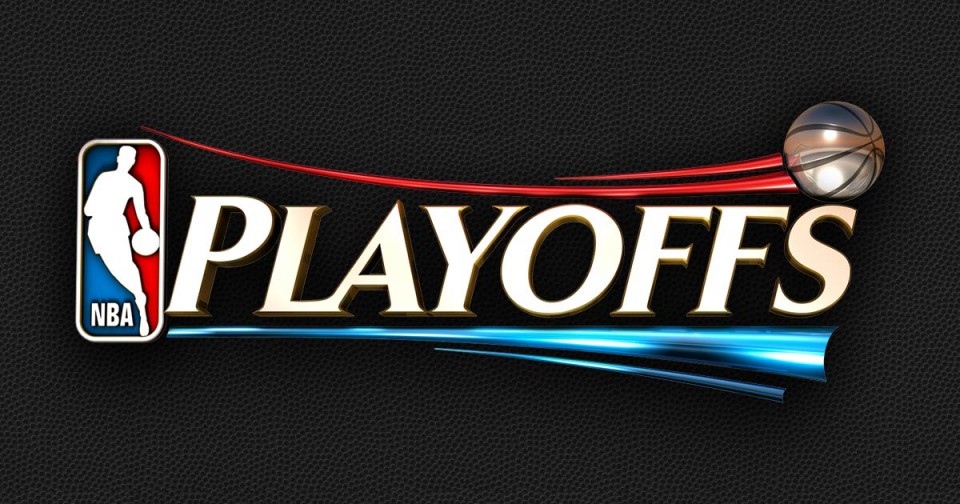Turner Sports, ESPN Tip Off NBA Playoffs With New File-Sharing Workflow
The partners take advantage of the bandwidth linking venues, trucks, broadcast facilities
Story Highlights
The NBA Playoffs are under way, and Turner Sports is once again leaning heavily on NEP production units. It is deploying NEP’s Chromium and Iridium (both of which recently had some upgrades) as well as TS2, SS18, NCP VIII, and SS22.
Turner’s game production for the playoffs remains much the same as for the regular season, but a behind-the-scenes change is transforming the way Turner, ESPN, and the NBA share highlights and other content from the games.
“It’s something we did off and on for the regular season, and now the NBA is on board as well,” says Chris Brown, director of technical operations, Turner Sports. “We are making all the content readily available and not needing to wait. You just drop the clip into the file share, and it goes straight to the [other partners].”
According to Tony Tam, technical operations specialist, Turner Studios, the goal is to share game content from each other’s networks in a lean and timely fashion. The remote EVS operators are also now “archive producers,” who determine the best of the best content to archive rather than “melting” everything.
Once archived to the local SSD storage, the content is sent to the NBA in Secaucus, NJ, using Aspera File Acceleration. From there, the content goes to Turner in Atlanta. The time from game action to arrival in Atlanta is under 2 minutes. The content from Atlanta makes its final hop to ESPN.
The result?
“All content,” says Tam, “is now being used at its maximum value across all properties promoting the NBA product.”
Brown notes that it is a good example of collaboration and partnership as well as the ability to take advantage of the bandwidth connecting the venues, trucks, and broadcast facilities. Previously, content would have to be fed during commercial breaks or when the game is over.
“Getting the playoff melts used to take one or two hours, so this is a real tangible saving plus efficiency,” says Brown. “Our editors in Atlanta can watch the group of clips grow and grow so the creatives creating a tease can look into the folder and see all the content they need.”
Another benefit is, the NBA now has uniformity in the way clips are coming into its facility from ESPN and Turner.
“Getting to this point is really exciting,” says Brown. “It was a real thoughtful process with weekly calls between the content sides of our organizations.”
Deep, Experienced Technical Team Handles Busy Opening Weekend
ESPN tipped off its 15th consecutive season of NBA Playoffs coverage with a quintet of games over the weekend, headlined by a pair of matchups featuring this year’s No. 1 seeds, the Cleveland Cavaliers and the Golden State Warriors, on ABC. Immediately following its annual Wednesday double-header on the final night of the season, ESPN snapped into logistics mode to prep for a busy weekend on the hardcourt.
“For the first round, especially this opening weekend, the big thing is logistics and getting everybody where they need to go,” says ESPN Senior Coordinating Producer Tim Corrigan. “On Wednesday night, we have a big room in Bristol where everyone gathers. Travel, operations, engineering, production, programming: all the departments are there. Fifteen years ago, we were trying to figure it out, and now everybody is fluent in how we handle opening weekend.”
Although ESPN deployed its production and on-air A-teams for both ABC telecasts — the Cavs hosting the Indiana Pacers and the Warriors hosting the Portland Trailblazers, respectively — its deep roster of technical crew allowed the broadcaster to spread the wealth when it came to tech and operations personnel.
“[We’ve had] four crews on Saturday doing games across the country,” says Corrigan, “and then our top production and our announce teams went from Cleveland on Saturday to do a Golden State game on Sunday with a completely different technical crew. That speaks to how we are able to build out our team during the season. We [did] more than 100 regular-season games, so to be able to work with a number of people like that allows you the opportunity to plan for this. It’s one of our greatest strengths.”
ESPN is deploying a 12- to 14-camera complement during the first and second rounds. Higher camera counts for top games will include more high-speed camera systems and the I-MOVIX behind-the-glass high-speed robos that have become a staple of ESPN’s NBA postseason coverage.
In addition for the opening rounds, ESPN will once again put the focus on providing behind-the-scenes access to fans through robotic cameras in the locker rooms and miking players on the court.
“On the technology side, in the first and second rounds, we are going to be more aggressive in locker rooms, using robotics for pregame, halftime, postgame speeches, and that kind of thing,” says Corrigan. “We will work with the league in figuring out the sites where we’re going to do that each week. And we will continue that through the Conference Finals and Finals. And then we will have player microphones, which we’ve done on ABC throughout the last couple of regular seasons and have had even more success with during the postseason.”

